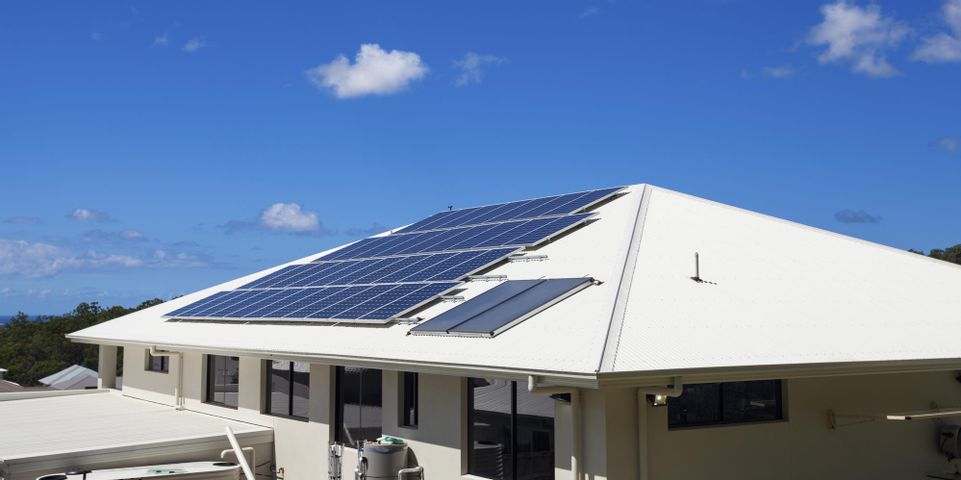
Solar energy can replace traditional, utility electricity for your home and reduce your HECO bill. In many cases, these photovoltaic systems will generate more energy than your household needs. What happens to excess solar energy depends on whether or not your PV system has or does not have a battery system.
Where Does Excess Solar Power Go?
If you have a battery system, excess solar power is stored in a battery that your home can draw from at any time. Once the battery is full, the panels don’t stop collecting energy. Instead, they redirect the power to the utility grid. If you don’t have a battery system, you will be credited by HECO for the excess electricity exported to their utility grid. HECO will use this excess energy to reduce demands on the grid by redistributing it back to connected customers, such as homes and businesses in your community.
Can Hawaii Homeowners Get Credits for Excess Solar Production?
 Although 1:1 net-metering in Hawaii has ended, Hawaii homeowners can still receive bill credits for excess solar energy that they distribute back to the grid. This incentive applies in addition to federal and state tax credits available for installation.
Although 1:1 net-metering in Hawaii has ended, Hawaii homeowners can still receive bill credits for excess solar energy that they distribute back to the grid. This incentive applies in addition to federal and state tax credits available for installation.
Under the Hawaiian Electric Company’s Customer Grid-Supply Plus program, participating customers will receive credits toward their electricity bill for each kilowatt-hour produced. In 2020, for example, Oahu participants will get a bill credit of 10.08 cents/kWh. This bill credit will apply until the customer’s capacity limit is reached. At the end of the year, leftover credits expire and are used by the utility company to reduce costs for all customers.
How Does Sharing Solar Power Benefit the Planet?
Utility providers use a variety of resources to generate electricity. Some of these resources, such as coal and petroleum, are not renewable and contribute to harmful emissions. These emissions are linked to environmental pollution and increasing greenhouse gases, a major factor in increasing the planet’s temperatures.
Redistributing excess energy to the power grid reduces the utility company’s dependence on these nonrenewable resources, which, in turn, can help lower emissions. Through programs like Customer Grid-Supply Plus, Hawaii aims to completely rely on renewable energy sources, including solar, wind, and hydro, by 2045.
If you’re ready to embrace the economic and environmental benefits of solar energy, turn to PV Tech for reliable solar panel system installations on Oahu. In addition to providing systems that qualify for the Customer Grid-Supply Plus program, this provider offers many other resources to make system installation more affordable, including no down payments and special financing through the GEMS Hawaii. To learn more about how you can take advantage of these exceptional PV systems, visit this Honolulu, HI, solar panel installer online or call (808) 983-3333.
About the Business
Have a question? Ask the experts!
Send your question

